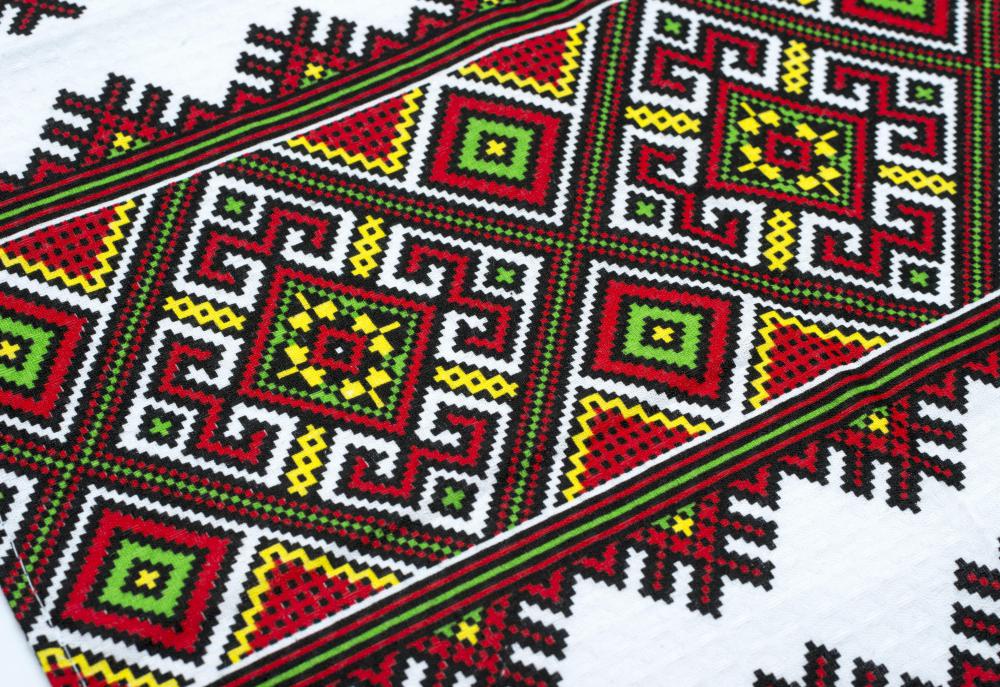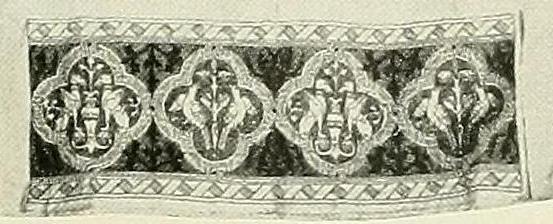At WiseGEEK, we're committed to delivering accurate, trustworthy information. Our expert-authored content is rigorously fact-checked and sourced from credible authorities. Discover how we uphold the highest standards in providing you with reliable knowledge.
What are the Different Embroidery Techniques?
Different embroidery techniques are created through the use of assorted stitch textures and lengths. For instance, short stitches that outline an embroidered shape create a choppy look, while longer stitching makes a smoother line. The desired effect of the finished embroidery pieces determines which kinds of techniques an embroiderer may like to use in her work. Although there are many variations, the most common of the different embroidery techniques are outlining, chaining, knotting, buttonholing and filling.
Outlining embroidery techniques are also called stem or running stitches. Small or large stitches are made in rows to create flower stems or outline markings such as stripes on a bird's wing. The stem stitch has a continuous twisted look, while running stitches may be straighter. Chaining is done in lines as well, but the embroidery thread is first formed into a loop; when the needle is drawn up through the fabric to split the threads in the centers to create the next loops, a chain pattern emerges. Chain-stitched rows placed next to each other are often used by embroiderers to make texture on images such as tree trunks.

Knotting in embroidery may be used to give a dotted texture to a fabric or the knots can create the look of flower centers. Some embroiderers like to use different knotting embroidery techniques in borders such as those on towels or tablecloths. Buttonholing is an edging technique that uses tiny knots around garment buttonholes to keep the fabric from excessive wear. Buttonholing techniques are also used around blanket edges; they may be plain, straight stitches or slanted lines or even made to look like tiny flowers.

Filling stitches in embroidery refer to any kind that fill in an image such as a leaf or flower rather than outline it. It's possible to use almost any stitch for filling, such as knotting to create a shape with a pebbly texture. Smooth, filled-in embroidery techniques are made using a satin stitch. The satin stitch is created by carefully making one stitch from one side of the shape, such as a flower petal, to the other. Since the stitches don't break, but remain in one length of embroidery thread placed next to others of the same type, a smooth, satiny look results.

Seed filling stitches create the opposite look of satin embroidery techniques. Seed embroidery stitches are small and short. They create a broken-lined look that could be used to make textures such as animal fur. Stem stitches can be made in side-by-side lines to fill in shapes as well. If shading is wanted, different colors of embroidery thread can be combined inside the shape.
AS FEATURED ON:
AS FEATURED ON:















Discuss this Article
Post your comments